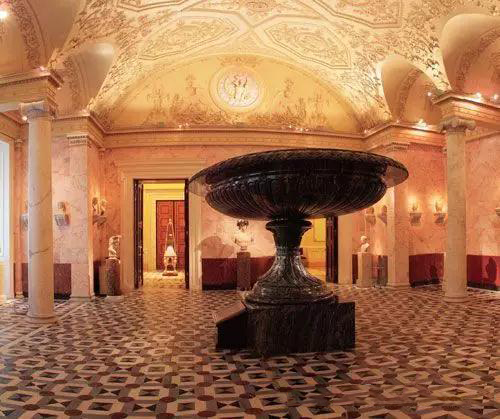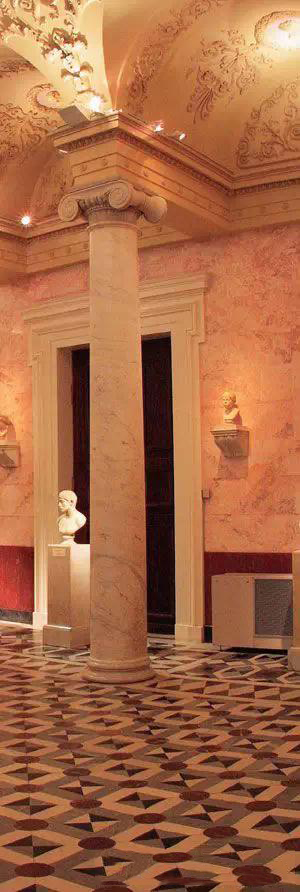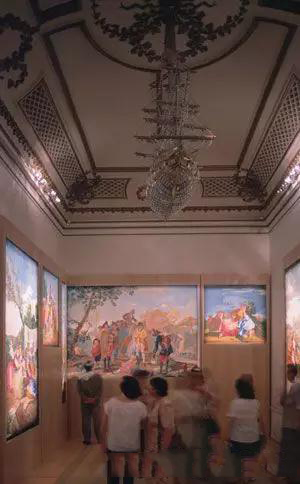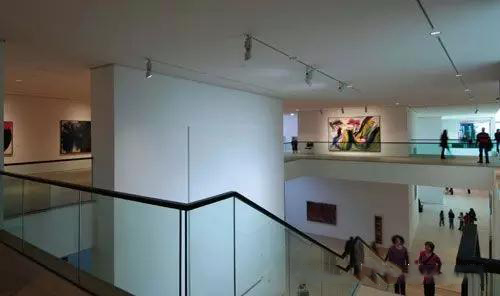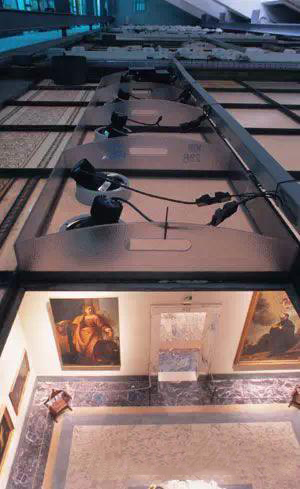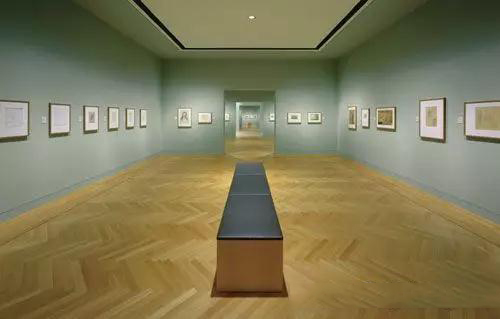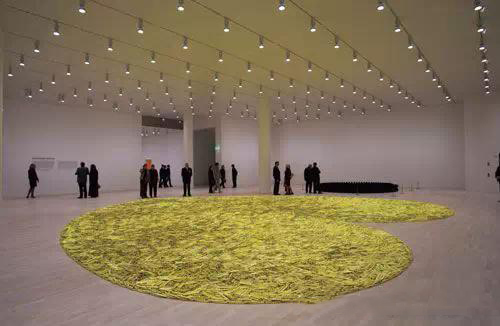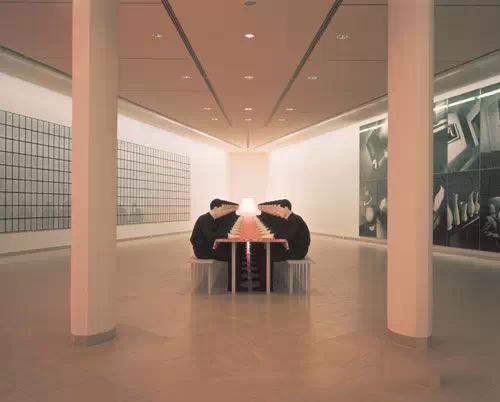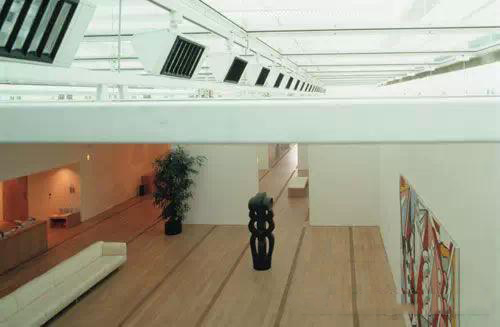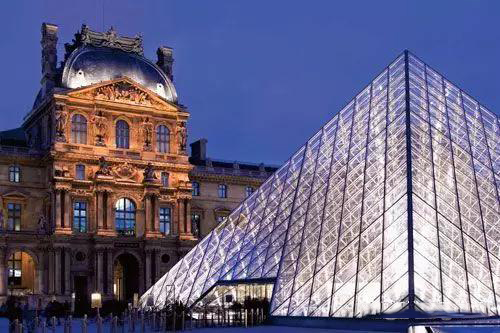Ten classic cases tell you what is lighting art!
Ten classic cases tell you what is lighting art!
In the past decade, people have realized the importance of preserving a unique cultural heritage, and the importance of museums to the culture of a nation is self-evident.
Generally, buildings as a symbol of urban cultural characteristics will also promote the relative growth of local economic investment to a certain extent.
In historical buildings and modern museums, buildings often compete with exhibits, so the idea of lighting design is to achieve a visual balance between art and architecture.
The primary task of lighting design is to illuminate it according to the characteristics of the exhibit. It can be a form or structure, surface or color, gloss or transparency that needs to be particularly characteristic during the design process, so it needs to be purposeful. Lighting design, which may involve diffuse or accent lighting, or special lighting that expresses color and quality.
In the lighting design, in addition to the simple display, the requirements put forward by the museum also play a very important role in the development of the lighting design concept.
The precise design of the direct illumination makes the brocade look almost three-dimensional. This effect is achieved by using a spotlight with a contoured slide and projection lens to produce a clear projection that is perfectly suited for the exhibit.
Project:Goya Exhibition, Palacio Real de Madrid
Building:Jess Anaya, Manuel Blanco, Pilar Volpini
Concealed uplights and rail-mounted spotlights mounted on the vaulted roof are the basis for an effective lighting solution.
Project:Hermitage, St. Petersburg
Lighting Design:Irina and Alexander Lapko, St. Petersburg
Rational use of natural light
Museum lighting is usually achieved by the combination of natural light and artificial lighting. The lighting design concept must focus on controlling daylight and harmonizing natural light with artificial lighting. The building can be controlled to a certain extent by daylight, and auxiliary devices and equipment can be used to control the lighting according to the special regulations of the museum.
Nowadays, in the case of too much or insufficient daylight, an electronic control system can be used to make the incident light comprehensively controlled by means of an adjustable sunroof. In addition, a reasonable lighting system requires the most appropriate lighting during the day and night.
In the gallery's lighting, the ultraviolet light in natural light and artificial lighting sources is filtered to less than 1%. In order to avoid unnecessary exposure of the artwork after the visitor leaves, the lighting should be turned off.
Project:National Gallery, London
Building:Robert Venturi, Denise Scott,Brown & Associates
Lighting Design:Paul Marantz
Downlighting luminaires ensure that public spaces have general illumination that is not flashing, while the trajectory system allows additional spotlights and wall lighting to be freely fixed to suit the needs of a particular exhibition layout.
Project:Stuttgart Art Museum
Building: Hascher und Jehle, Berlin
Lighting Design: Peter Andres, Hamburg
The main feature of most rooms is the glass roof, which is used to hold the Gimbal low-pressure halogen spotlight, which allows the picture to be illuminated directly.
Building:Pinacoteca Vaticana
Lighting Design:ENEL S.p.A., Rom
Lighting art
The exhibits that need to be illuminated are mainly the pictures on the walls and the sculptures in the center of the exhibition space. The artwork on the wall can be illuminated by uniform wall illumination provided by wall lighting or with accent lighting provided by the spotlight, but both methods must ensure the accuracy of the angle of incidence to avoid reflections on the glass or illuminated surface.
Practice has shown that an incident angle (museum angle) of 30° from the vertical plane is a good parameter value because it optimally handles reflected light, illumination, and architectural frame shadows. Sculptures usually require direct light to reveal their three-dimensional texture and surface structure.
In the graphics collection area, the administrator allows the maximum illumination of the picture to be 50lx. A glare-free low-pressure tungsten halogen spotlight is hidden in the circular ceiling trough.
Project: Georg Schacfer Museum
Building:Volker Staab, Berlin
Lighting Design:Licht Kunst Licht, Bonn/Berlin
Grille spotlights provide the best lighting for large art pieces. Flexible lighting is also available for other exhibitions.
Projecet: Art gallery K21, D sseldorf
Building: Kiessler & Partner, Munich
Lighting Design:Licht Kunst Licht, Bonn/Berlin
Preservation of art
The history of preservation of art can be traced back more than 100 years. The first major work of the subject was created by Russel and Abney in London in the mid-19th century.
In the 20th century, Garry Thompson, a science consultant at the National Gallery in London, created the authoritative work on the subject, The Museum Environment. The book mentions that the radiation, illumination and exposure time of the light source are important issues to consider when lighting the exhibit.
Ultraviolet light is the most harmful radiation, and sunlight itself radiates a lot of ultraviolet light. The "related damage factor" indicates that not only the ultraviolet light is harmful to the photosensitive material, but also the visible radiation in the spectrum, and the spectrum is gradually lowered, and the thermal effect of the infrared wavelength is also considered.
Protective filters are suitable for blocking UV and IR, while allowing visible light transmission to detect subtle differences between artwork, the illumination source used must be capable of producing a continuous spectrum.
This means that a light source that produces a continuous spectrum (such as a tungsten halogen lamp) needs to be preferred over a light source that produces a high peak at different wavelengths, such as a fluorescent or discharge lamp.
Depending on the material, art can be divided into three categories: high sensitivity (textiles, watercolors, prints, drawings, etc.), moderate sensitivity (oil and gel painting, woodwork and lacquerware, etc.) and non-sensitivity ( Metal, stoneware, glass and ceramics, etc.).
It is recommended that the illumination of the museum illumination be 150lx. This value refers to the illumination of moderately sensitive items; the material with weaker sensitivity can use higher illumination to increase the contrast between it and the surrounding space. It is recommended to use 300lx as the upper limit of illumination; For sensitive materials, 50lx should be used as the maximum illumination, which requires careful balancing of the exhibition illumination and ambient illumination, which should be weak.
A specially designed fluorescent wall illuminator mirror enables even wall illumination.
Project:Museum from Moderne Kunst, Frankfurt
Building:Hans Hollein
Lighting Design:Ing.-Bagcro Alois Zitnik
A floodlight that is concealed above the "edge film" (a metal grid covered with a transparent material) provides uniform illumination of the vertical surface. Combined with filtered natural light, this solution provides a room with much better contrast than traditional skylight structures.
Project: Fondation Beyeler Museum, Riehen/Basle
Building:Renzo Piano Building Workshop, Paris/Genoa
Lighting Design:Neuco AG, Zurich
maintain
Planned maintenance should include checking for changes in color temperature, which is related to the degradation of the filter foil and the use of metal halide lamps that tend to change color. Floodlights that fix the tilt and angle of rotation, as well as accessories such as lenses, ensure that the beam's illumination angle remains the same after re-illumination.
The load structure of the Louvre glass pyramids is illuminated by a floodlight mounting plate specially developed at the bottom, each disk supporting five spotlights with narrow beam characteristics.
Project:Louvre, Paris
Architect:Ieoh Ming Pei, New York
Lighting designer:Claude Engle
We can provide you a complete lighting solution, any project, welcome to contact.
TAG: lighting project lighting design
